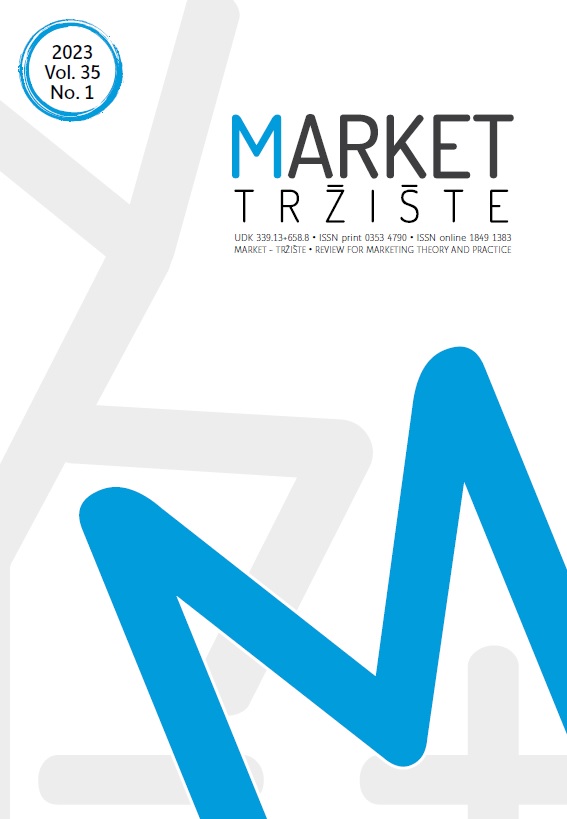Using Supervised Machine Learning Methods for RFM Segmentation: A Casino Direct Marketing Communication Case
Using Supervised Machine Learning Methods for RFM Segmentation: A Casino Direct Marketing Communication Case
Author(s): Danijel Bratina, Armand FaganelSubject(s): Business Economy / Management, Communication studies, Marketing / Advertising
Published by: CROMAR (Hrvatska zajednica udruga za marketing) i Ekonomski fakultet Zagreb
Keywords: RFM segmentation; machine learning algorithms; decision trees; support vector machines; naïve Bayes algorithm; logistic regression;
Summary/Abstract: Purpose – This paper explores various supervised machine learning algorithms as an additional classification method to RFM (recency, frequency, and monetary) models with the aim of improving the accuracy in predicting target groups of customers for direct marketing response campaigns conducted by a casino. The purpose of this paper is twofold – first, to test how the addition of demographic variables increases the accuracy of the basic RFM model and second, to assess if and how machine learning algorithms improve the initial model. Ultimately, we propose a model for direct marketing response at individual level using RFM scores and customer demographic and behavioral data as endogenous variables to be used by the company. The findings can be used as an alternative to the simpler RFM model when approaching customer response modeling for large datasets and can be generalized to other industries. Design/Methodology/Approach – Our research employed supervised machine learning methods tuned on historical responses to a casino’s direct marketing activities to improve the company’s RFM segmentation model. Demographic variables were also included with the aim of improving the power of the models employed. Finally, we attempted to improve the best-performing model by hypertuning its algorithm parameters. Findings and Implications – The best and most intuitive model was found to be that using decision trees with Recency (from RFM) together with age and the awarded amount (from the demographic element) as independent variables. Surprisingly, the company’s own RFM segmentation was also found to perform well. Limitations – Not all machine learning methods used for classification were included in our research nor did we use ensemble methods to improve the models’ power. While all models developed are applicable to similar data, they could lose their accuracy when applied to data from a different industry. The company’s own RFM model was not analyzed but was included in the model as is. Further insight could be gained by determining its optimal parameters. Originality – This study contributes to the existing literature by showing how direct marketing efficiency modeling using standard RFM could be improved with the addition of a company’s customer property. It also provides insight into how classification algorithms perform on a casino database of direct marketing activities.
Journal: MARKET/TRŽIŠTE
- Issue Year: 35/2023
- Issue No: 1
- Page Range: 7-22
- Page Count: 16
- Language: English

